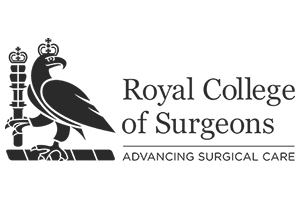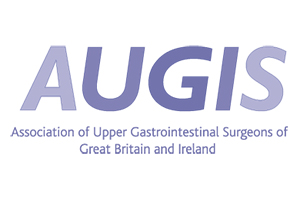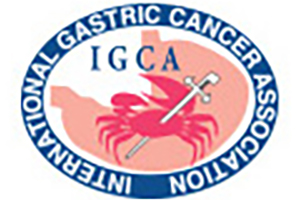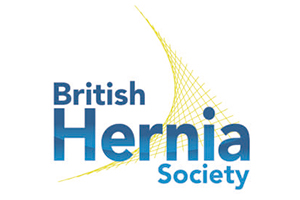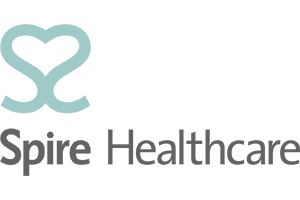The oesophagus (gullet) is the muscular tube that carries food from the mouth to the stomach (see diagram below). In Barrett’s oesophagus, there are changes in the cells on the inner lining of the oesophagus at the lower end. Barrett’s oesophagus can occur at any age. It can affect both men and women, but it is more common in men.
The cell changes in Barrett’s oesophagus can sometimes develop into something called dysplasia. Dysplasia can be either low-grade or high-grade. In low-grade dysplasia, the cells are slightly abnormal. In high-grade, the cells are more abnormal.
The main cause of Barrett’s oesophagus is gastro-oesophageal reflux.
Reflux happens when the valve at the lower end of the oesophagus is weak and lets stomach juices splash up into the oesophagus. Reflux of acid and bile is very common. Many people have symptoms at some point in their lives.
Your risk of developing reflux is greater if you:
- are overweight
- smoke
- drink too much alcohol
- eat spicy, acidic or fatty foods
- have a hiatus hernia
A hiatus hernia is when part of the stomach is displaced and pokes up through the diaphragm. The diaphragm is the sheet of muscle that divides the tummy area from the chest. It helps to keep acid and bile in the stomach.
The stomach produces acid to help digest food. The stomach is lined by tissue that is resistant to acid, but the oesophagus isn’t. In some people, the acid can inflame and irritate the oesophagus, causing pain and heartburn. This is often referred to as gastro-oesophageal reflux disease (GORD) or reflux oesophagitis. The change of the normal lining of the oesophagus into Barrett’s oesophagus is thought to be caused by exposure to acid and perhaps bile during times of reflux.
Not everyone who has acid reflux will develop Barrett’s oesophagus. Up to 1 in 10 people with acid reflux (10%) will develop Barrett’s oesophagus. It is more likely to happen in people who have had severe reflux for many years. It is also more common in men and people over 50.
Barrett’s oesophagus has no symptoms. However, most people will have symptoms of gastro-oesophageal reflux disease (GORD).
The most common symptoms of GORD are heartburn and indigestion.
Barrett’s oesophagus is usually diagnosed when people have an endoscopy because they have symptoms of GORD, or for other reasons.
If you have symptoms of GORD, your GP will refer you to the hospital for an endoscopy. This is a test to examine the lining of your oesophagus. Endoscopies can also be used to give treatment.
At SPECIALIST UPPER GI SURGERY we have expertise in managing patients with Barrett’s-associated pre-cancerous and early cancerous changes endoscopically for the whole region. We have an interest in multimodality assessment of Barrett’s oesophagus using special techniques such as acetic acid chromoendoscopy and Narrow Band Imaging. Furthermore, by way of evidence we can cite NICE and BSG guidance for dysplastic Barrett’s. We can also cite the Aspect trial that investigates the use of high dose acid suppression and aspirin to reduce the risk of progression of Barrett’s to Cancer. This is slightly controversial data and can be discussed with patients as needed. We follow up to date BSG guidance on the quality of diagnostic and screening endoscopy.
The management of Barrett’s oesophagus aims to reduce acid reflux and control symptoms. Sometimes an operation is used to strengthen the valve at the bottom of the oesophagus or to remove the affected area. The best way to manage Barrett’s oesophagus will depend on your situation. Some people will have their condition monitored regularly. Others will be advised to have treatment. Your doctor or specialist nurse will discuss the options with you.
Sometimes it is possible to reduce acid reflux by making some lifestyle changes. If you are overweight, the most important thing to do is lose some weight. Even a small amount of weight loss is helpful. Stopping smoking and drinking less alcohol may help. Eating small meals at regular intervals and avoiding foods that aggravate your symptoms can also help. Have your last meal of the day two to three hours before bedtime and avoid late night snacks if possible. This is because eating encourages the stomach to produce more acid. This can cause you to have reflux at night. If you do have reflux at night, it can help to raise the head of the bed.
You may have medicines to decrease the production of stomach acid. These include proton pump inhibitors (PPI) or histamine receptor blockers. This will help reduce the symptoms of GORD. Once the symptoms are controlled, the dose of your PPI may be reduced to a level that stops the symptoms from recurring. PPIs are often taken for life, and are safe to take over a long time.
Fundoplication
This is a small operation to strengthen the valve at the bottom of the oesophagus or repair a hiatus hernia. During surgery, the top of the stomach (the fundus) is wrapped and stitched around the lower end of the oesophagus. This strengthens the lower end of the oesophagus and should help reduce acid reflux.
Fundoplication is often done using keyhole surgery. This means the surgeon uses a laparoscope to make a few small cuts in the tummy (abdomen), rather than one large opening. Sometimes it does involve a large incision in the abdomen (a laparotomy).
Removing the affected area
If a biopsy shows that there are continuing changes in the cells which may progress to cancer, your specialist may suggest treatment to remove the affected area. This can be done in different ways. These include endoscopic mucosal resection, radiofrequency ablation (RFA) and surgical resection.
Endoscopic mucosal resection (EMR)
The aim of EMR is to remove the affected area of the oesophagus lining, without damaging the rest of the oesophagus. The affected area is removed using a thin wire called a snare. The snare is put through an endoscope.
EMR can be done as a day case under sedation, but you may need to stay in hospital overnight.
EMR may be followed by radiofrequency ablation or surgical resection (see below).
Radiofrequency ablation (RFA)
RFA uses heat to destroy abnormal cells. Using an endoscope, a probe called an electrode is used to give an electrical current (radiofrequency) to the abnormal area. The electrical current heats the abnormal cells to a high temperature, which destroys (ablates) them. This treatment is usually done under sedation. RFA is done at specialist centres, so you may have to travel for treatment.
The main side effects can include mild pain or discomfort. Some people feel generally unwell and have a high temperature for a few days.
Your doctor can tell you more about possible side effects.
Surgical resection
Sometimes more extensive surgery is needed. The surgeon will remove the section of the oesophagus that contains the abnormal cells. The stomach is then joined to the remaining part of the oesophagus. After this operation, you are likely to spend a short time in the intensive care unit. You will have a drip put into a vein in your hand or arm until you can eat and drink again.
You may also have a fine tube inserted up your nose and down into your stomach or small intestine. This is called a nasogastric (NG) tube and allows any fluids to be removed. This will stop you feeling sick and help the area of the operation heal.
To start with you may feel afraid to swallow. You may also have a bad taste in your mouth. Mouthwashes can help with this.
At first, you will probably only be given sips of liquid until the join in your oesophagus has healed enough. It will be a few days before you are able to drink normally. Gradually, you will eat normally again.
Some surgeons place a small feeding tube directly into the small intestine during the operation. This is to feed you while you recover. It is usually removed after you have started to swallow normally. Your doctor will discuss this with you if they plan to give you a feeding tube.


